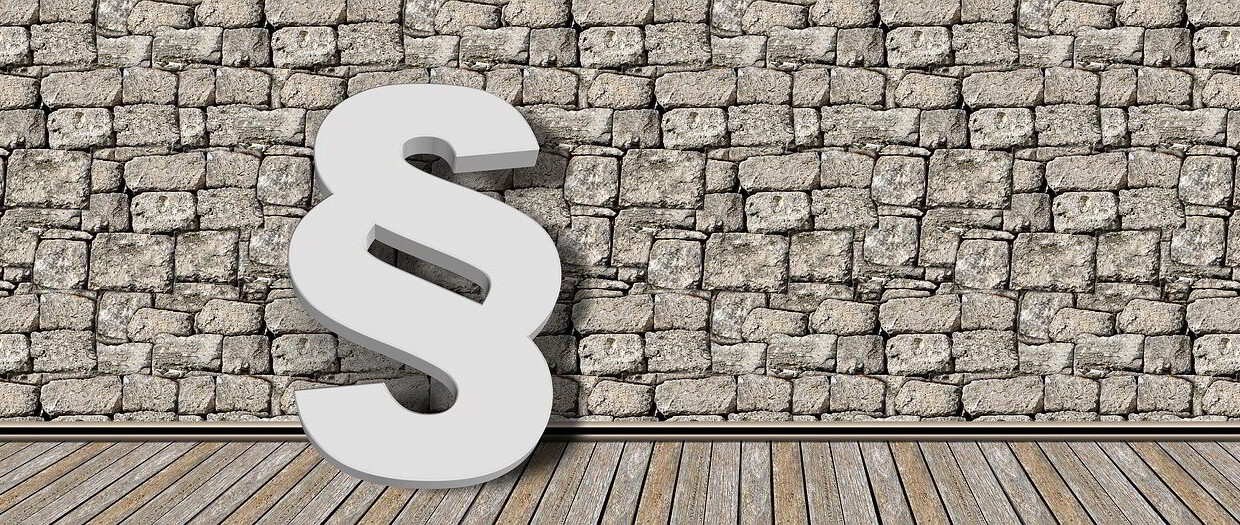
Many people are already familiar with the term property income tax (ImmoEst). But the devil is in the small print.
The simple form of how much tax is payable if there is no main residence exemption is: sale price minus purchase price, plus investments, of which 30 % is tax. This rule applies to properties for sale with a cut-off date of 1 April 2002.
The small print offers a few surprises:
Properties larger than 1,000 m² are indeed subject to ImmoEst, even if the main residence is justified.
As a rule, proof of main residence can be provided in the form of a registration form.
But what happens if you buy a house, renovate it for two years and only then establish it as your main residence because it was previously uninhabitable?
Bad luck according to case law! The main residence for renovations must be established within one year! Everything else is a matter of dispute!
Alternatively, there is calculation variant 2: Has the property been continuously occupied for 5 years in the last 10 years?
It's a silly thing if the house has been renovated for 2 years but is to be sold again within 4 years of purchase.
This is a topical issue that is currently affecting one of my clients. The answer from the tax office is still pending!


